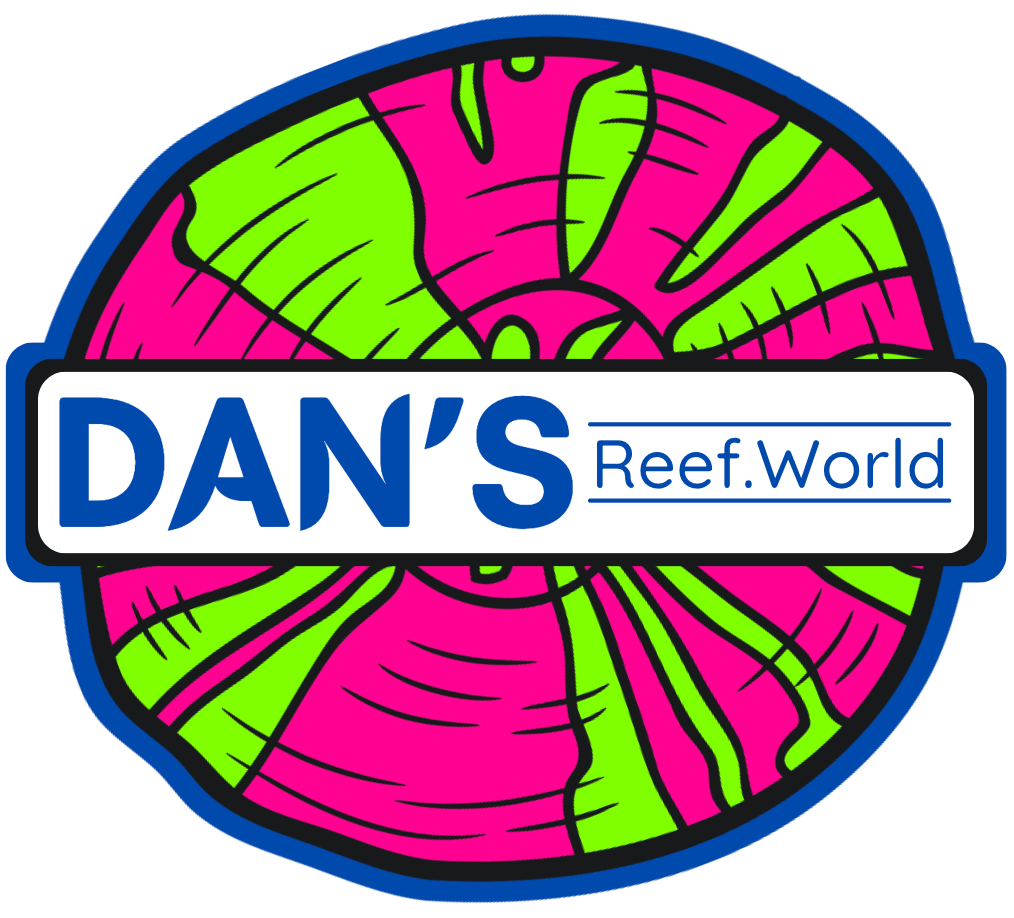Intro - Family Caryophylliidae
Coral reefs are some of the most vibrant ecosystems on our planet, teeming with life and supporting countless marine species. Among the diverse families of corals that contribute to these underwater habitats, the Caryophylliidae family stands out for its unique characteristics and ecological importance. In this blog post, we’ll delve into the defining features of Caryophylliidae corals, their roles in reef ecosystems, and the conservation challenges they face.
-
The Caryophylliidae family, often referred to as "cup corals" or "stony corals," includes a variety of corals found predominantly in tropical and subtropical waters. Genera within this family, such as Caryophyllia, Dichocoenia, and Anomastraea, are recognized for their distinctive cup-like structures and solitary or small colony forms. These corals can thrive in various environments, from shallow lagoons to deeper reef slopes.
-
Caryophylliidae corals are characterized by their unique polyp morphology. Many species have large, cup-shaped polyps that can expand to capture food, including zooplankton and small organisms. Unlike many other corals, which rely heavily on photosynthesis, Caryophylliidae corals can obtain a significant portion of their nutrients through active feeding, making them adaptable to varying light conditions.
The skeletal structure of Caryophylliidae corals is robust and can vary widely among species. While some exhibit solitary growth forms, others may form small clusters. Their colors can range from soft browns and greens to vibrant reds and purples, largely influenced by the presence of symbiotic zooxanthellae.
Caryophylliidae corals play a crucial role in the overall health of coral reef ecosystems. As both builders and feeders, they contribute to the physical structure of the reef while helping to recycle nutrients. Their cup-like forms provide essential habitat for various marine organisms, including fish, crustaceans, and invertebrates, enhancing biodiversity within the reef.
-
In addition to supporting diverse marine life, Caryophylliidae corals also help stabilize sediments, preventing coastal erosion and fostering a healthier environment for other reef inhabitants. Their resilience and adaptability make them important contributors to the stability and productivity of coral ecosystems.
Despite their ecological significance, Caryophylliidae corals face numerous threats. Climate change is a significant concern, with rising sea temperatures leading to coral bleaching—a process in which corals expel their symbiotic algae. This loss of algae not only affects the coral’s color but also its ability to obtain essential nutrients, leaving it vulnerable to disease and mortality.
-
Ocean acidification, driven by increased carbon dioxide levels, further threatens the health of Caryophylliidae corals by impairing their ability to build calcium carbonate structures. Pollution from coastal development, agricultural runoff, and plastic waste also disrupts the delicate balance of reef ecosystems, jeopardizing the health of these corals.
-
Addressing the challenges facing Caryophylliidae corals requires comprehensive conservation strategies. Establishing marine protected areas (MPAs) is essential for safeguarding these corals and their habitats from human impact. Restoration initiatives, such as coral gardening and transplantation, are being implemented to help revive damaged reefs and support healthy coral populations.
Public awareness and education play vital roles in fostering a culture of conservation. By informing communities about the importance of coral reefs and the threats they face, we can encourage sustainable practices and responsible coastal development. Supporting marine conservation organizations and advocating for policies that protect marine ecosystems can significantly contribute to the preservation of Caryophylliidae corals.
-
The Caryophylliidae family of corals is a remarkable and essential component of coral reef ecosystems. Their unique feeding behaviors, ecological roles, and contributions to biodiversity highlight the importance of conserving these vital organisms. As we confront the growing challenges posed by climate change and human activities, prioritizing the protection of Caryophylliidae corals and the habitats they support is crucial. Together, we can ensure that these extraordinary corals continue to thrive, enriching our oceans and sustaining the diverse marine life that relies on them for generations to come.




